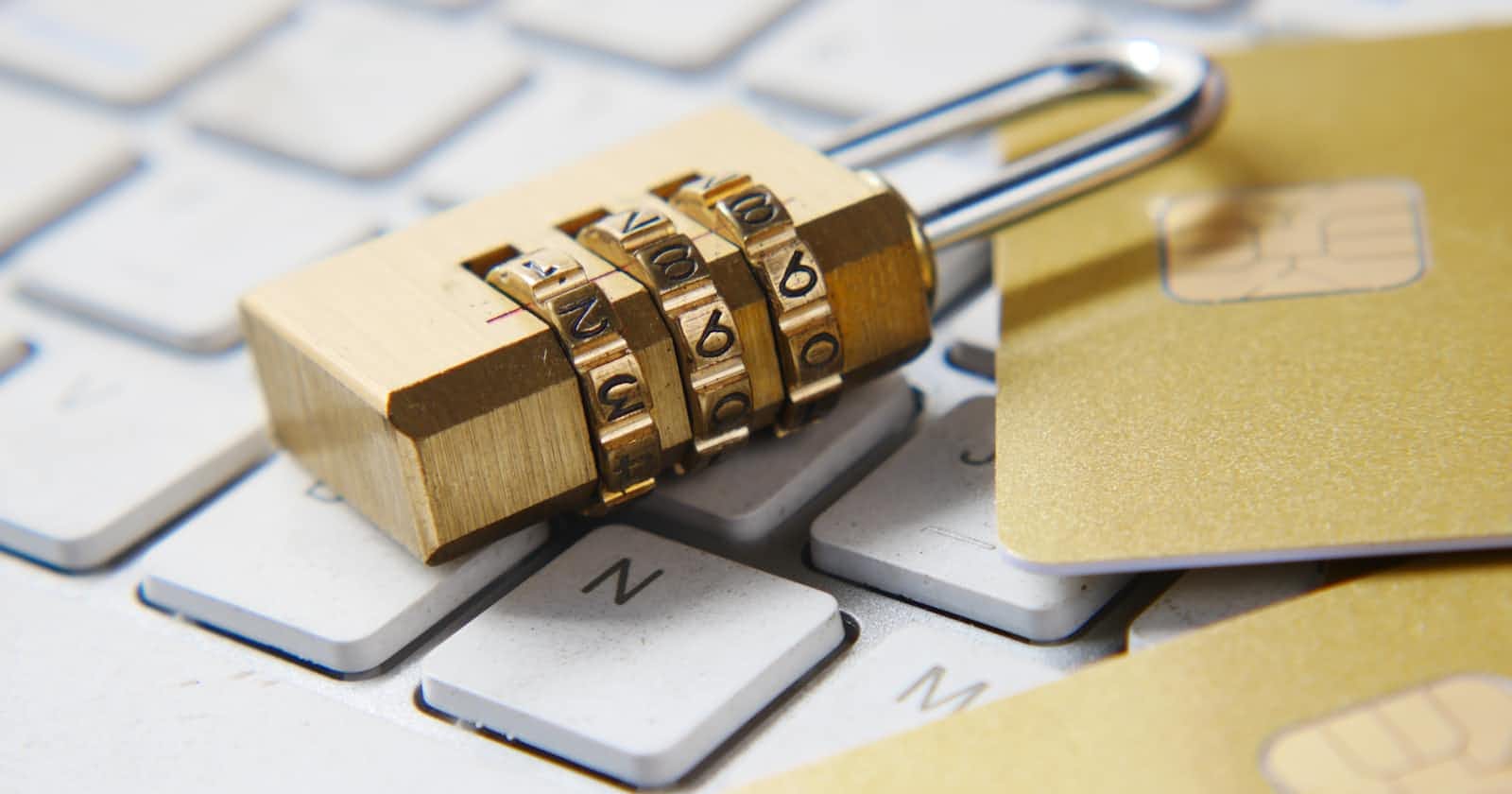
Photo by Towfiqu barbhuiya on Unsplash
HTTP Codes and Data Security: Understanding the Basics and Protecting Your Online Data
Table of contents
- Introduction
- 200 which means OK:
- 301 which means Moved Permanently:
- 401 which means Unauthorized:
- 403 which means Forbidden:
- 404 which means Not Found:
- Using strong and unique passwords for all of your accounts:
- Enabling two-factor authentication whenever possible:
- Avoid sharing personal or sensitive information online or over unsecured networks:
- Keeping your software and security systems up-to-date:
- Being cautious when clicking on links or downloading files from unknown sources:
- Using a virtual private network (VPN) when accessing the internet from a public WiFi network:
Introduction
As the internet has become an increasingly integral part of our daily lives, data security has become a top concern for both individuals and organizations. One important aspect of data security is understanding HTTP codes, which are used to communicate the status of web requests between servers and clients.
HTTP stands for HyperText Transfer Protocol. When you visit a website, your browser sends an HTTP request to the server where the website is hosted, and the server responds with an HTTP code to indicate the status of the request.
There are many different HTTP codes, but some of the most important ones include:
200 which means OK:
This code indicates that the request was successful and that the requested information has been sent back to the client.
301 which means Moved Permanently:
This code indicates that the requested resource has been permanently moved to a new location. The server will also send the new location of the resource in the response header.
401 which means Unauthorized:
This code signifies that the request needs to be authenticated. The server will provide a WWW-Authenticate header in the response that includes information on how the client can authenticate itself.
403 which means Forbidden:
This code indicates that the client does not have permission to access the requested resource.
404 which means Not Found:
This code indicates that the requested resource could not be found on the server.
Understanding HTTP codes is important for data security because they can help you understand the status of your web requests and take appropriate action to protect your data. For example, if you receive a 401 Unauthorized code, you know that you need to authenticate yourself in order to access the resource. Similarly, if you receive a 404 Not Found code, you know that the resource you are trying to access does not exist and that you should not continue attempting to access it.
However, it is important to understand that there is a secure version of HTTP called HTTPS (HyperText Transfer Protocol Secure), which uses encryption to secure the communication between servers and clients as it helps to protect against eavesdropping and tampering.
One of the main differences between HTTP and HTTPS is that HTTPS uses SSL (Secure Sockets Layer) or TLS (Transport Layer Security) to encrypt the communication. This encryption ensures that the data being transmitted cannot be intercepted or read by unauthorized parties.
There are also many other ways that you can protect your data online, such as:
Using strong and unique passwords for all of your accounts:
Using strong and unique passwords can help to prevent hackers from gaining access to your accounts. A strong password should be at least 8 characters long and include a combination of letters, numbers, and special characters. It is also a good idea to use a different password for each of your accounts, rather than reusing the same password across multiple accounts.
Enabling two-factor authentication whenever possible:
Two-factor authentication (2FA) adds an extra layer of security to your accounts by requiring you to provide a second form of authentication, such as a code sent to your phone or a fingerprint scan, in addition to your password. This helps to prevent unauthorized access to your accounts, even if your password is compromised.
Avoid sharing personal or sensitive information online or over unsecured networks:
It is important to be cautious about what personal or sensitive information you share online.
Keeping your software and security systems up-to-date:
Keeping your software and security systems up-to-date is important because it helps to ensure that you have the latest security features and patches to protect against vulnerabilities and threats. Make sure to keep your operating system, antivirus software, and other security systems up-to-date to stay protected.
Being cautious when clicking on links or downloading files from unknown sources:
Hackers and cybercriminals often use links and attachments to spread malware and infect devices with viruses. Be cautious when clicking on links or downloading files from unknown sources, and only download files from trusted sources. It is also a good idea to scan any downloaded files with antivirus software before opening them to ensure that they are safe.
Using a virtual private network (VPN) when accessing the internet from a public WiFi network:
A VPN creates an encrypted connection between your device and the internet, which can help to protect your data from being intercepted by hackers or other third parties. Using a VPN when accessing the internet from a public WiFi network, such as at a coffee shop or airport, can help to keep your data secure.
By implementing these precautions, you can safeguard your data and ensure the security of your online activities. Don't wait - take action now to protect your online security.
If you found this information helpful and valuable, consider subscribing to my newsletter and don't forget to follow my blog on Twitter.

